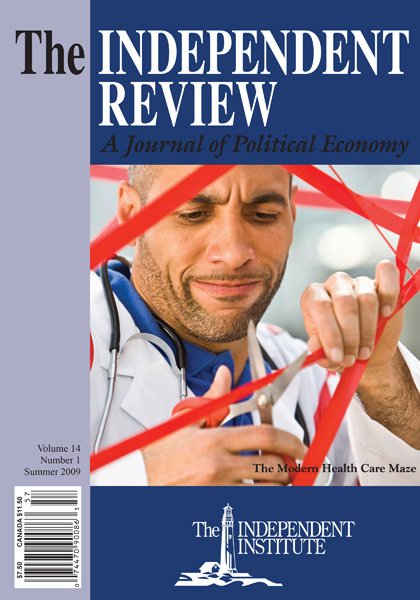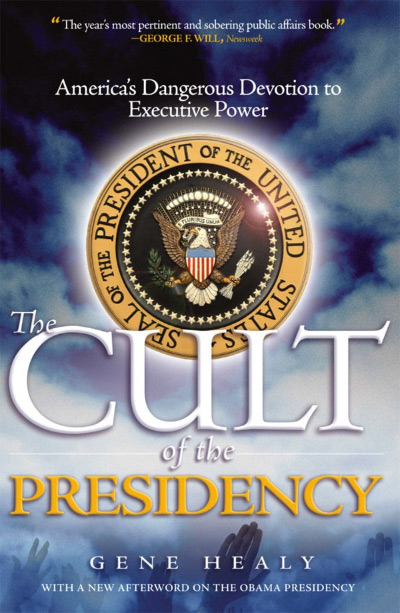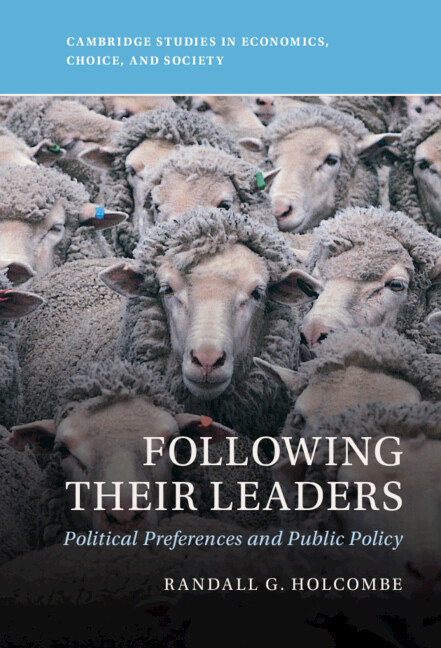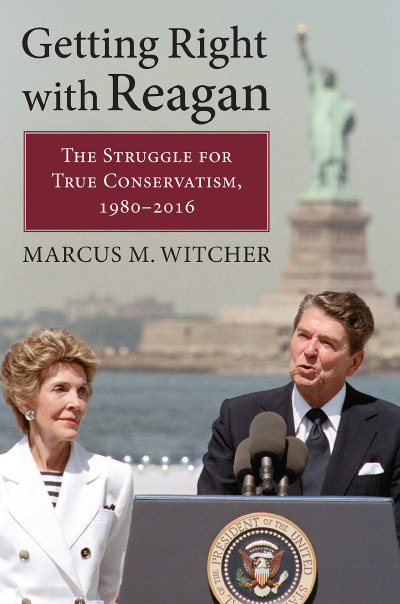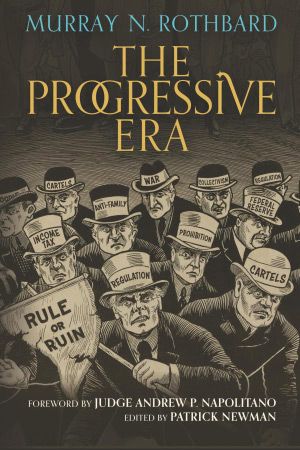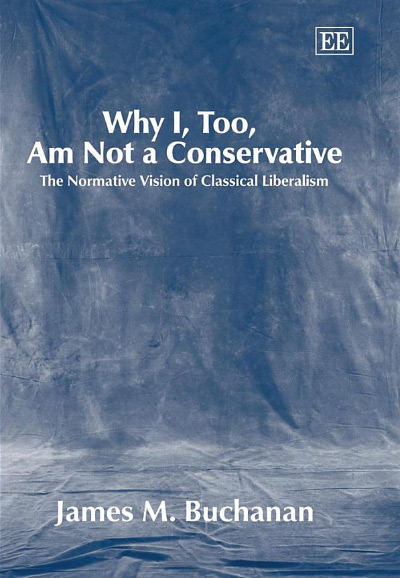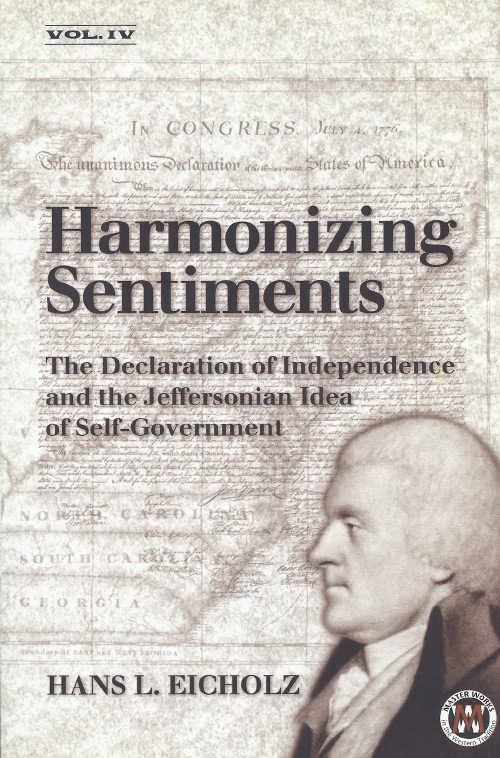Gene Healy’s The Cult of the Presidency presents the reader with a concise historical analysis of how the presidency has undergone enormous changes since its creation at the Constitutional Convention of 1787. Views of the president’s role in American government and society have changed so drastically since the early nineteenth century that the office would likely be unrecognizable to an American of even the 1830s, when Andrew Jackson was being accused of demagoguery and presidential imperialism.
Looking at the presidency from Washington’s inaugural to the final days of the George W. Bush administration, Healy draws an overall historical arc for the presidency in which the public’s faith in the president’s ability to solve all societal, economic, and political problems peaks during the mid-twentieth century and then declines after the disaster (for the presidency) of Watergate.
During the nineteenth century, presidential power was extremely limited. The view among both the public and the elites was that presidents were mere chief executives who carried out the legislature’s wishes. Healy notes a number of examples of nineteenth-century views of the presidency, and his analysis makes clear that the path to national political prominence in nineteenth-century America was through the U.S. Senate, decidedly not through the presidency.
Abraham Lincoln would seem to be a watershed president, signaling the end of this period, although Healy treats him more as an aberration than as a trendsetter. Andrew Johnson’s 1868 impeachment at the hands of a resurgent Congress would seem to indicate that post-Lincoln presidents did not exactly pick up where Lincoln left off, but Lincoln’s imprisonment of thousands of his critics, the Emancipation Proclamation, and his military occupation of the South did truly set a wide array of new precedents for the presidency.
Yet few nineteenth-century presidents after Lincoln are remembered for robust presidential activism. According to Healy, Theodore Roosevelt provides the true starting point in a trend of accelerating presidential power that would finally be challenged only by the Watergate scandal seventy years later.
Prior to Roosevelt, the president’s attitude toward Congress was generally one of deference, although there were certainly exceptions. For Roosevelt, however, Congress was only a troublesome and backward institution that presented inconvenient obstacles to his authoritarian agenda. As Healy describes in detail, Roosevelt did his part in ushering in the Progressive era, with all of its demands for aggressive government in the name of reform and its abandonment of deliberative and hesitant government. Whereas Congress was the archetype of slow deliberation, the president was the prime agent for achieving decisive action.
Woodrow Wilson accelerated this trend with massive increases in presidential powers to regulate, wage wars, and imprison dissidents, and after a brief respite during the Harding-Coolidge years, Franklin D. Roosevelt revolutionized the presidency, breaking all former limitations on the office, multiplying the size of presidential staff, and creating a massive new bureaucracy.
Healy sees the presidency as reaching its peak of power in the period from Franklin Roosevelt to Nixon. Not only could the president expand power at an unrelenting pace, but hardly anyone even dared to challenge the presidency as an institution. Roosevelt set the stage with the Court-packing scheme, his bullying of Congress, and his direct emotional appeals to the public. After him, all presidents saw themselves as the true tribunes of the public and freely bypassed Congress and the courts.
Healy contends that the disasters of the Vietnam War and Watergate finally brought some perspective on the presidency as the public became cynical about the president’s ability to accomplish anything and everything. He considers Ford, Carter, and Clinton as evidence of the president’s diminished power following Watergate. Here he may be overstating his case. He is correct in pointing out that the public’s view of the presidency is certainly diminished, compared to the view of it at mid-century, and opinion polls back his assertion. Yet it is not clear that this public suspicion of presidential power has had much tangible effect on actual presidential power.
Granting that Ford, Carter, Bush the first, and Clinton were never enormously popular, can a significant rollback of presidential power actually be observed? Any progress that was made in limiting the presidency during the Clinton years was certainly undone during the George W. Bush years, when Bush enjoyed massive popularity for years after 9/11. Even when he became thoroughly unpopular, virtually nothing was done to limit the powers of the presidency itself.
So we are left wondering, If public skepticism of presidential power never actually manifests itself into legal restraints of the president, what good is such skepticism? During the Clinton years, when the president was hardly revered, the record on issues such as antiterrorism legislation, executive orders, and foreign policy does not reveal that the presidency was newly constrained in any notable way.
To ascertain why the presidency has been impervious to serious efforts to roll back its power, we must look for some of the root causes of why it gained so much power in the first place. Here Healy provides a variety of insights. He does not assess these reasons systematically, but he offers enough in his historical case studies to give the reader some idea of what lies behind the growth of presidential power.
Probably most central to the equation is the perception of the president as the most critical political figure in wartime. The president can take the kind of quick, decisive action the public and Congress apparently believe is needed in wartime. The problem is that “war” is not well defined. In the modern presidency, presidents appeal to “national security” on virtually every matter deemed to have high priority, declaring war on drugs, poverty, terrorism, and any other perceived threat to the American body politic as defined by the president himself.
Following Healy’s analysis, we can find such a phenomenon behind Harry Truman’s (ultimately unsuccessful) efforts to nationalize the steel industry and George W. Bush’s efforts to expand domestic spying. In both cases, attorneys for the president argued that the president may do anything if it is in the interest of national security.
Clearly, this idea is powerful if the public believes it, and it appears the public does believe it in many instances. Presidents may be unpopular, but foreigners, drug dealers, and terrorists are more unpopular, thus opening the door for presidents who claim to be able to rid the world of such threats. Healy illustrates that the public is easily manipulated when violence and lawlessness are held up as the only alternative to unrestrained presidential power.
There is also the problem of the news media. In the modern era, no single person in the United States has as much access to the media as does the president. Presidential press conferences are well covered, and presidents have extensive resources for reaching the public directly through television, radio, and print media. Congress has only a fraction of the ability to provide a unified, politically nuanced message to the public. Media appearances also enable the president to connect directly with the public on an emotional level, whereas Congress and the courts remain collections of faceless government functionaries and cannot provide a single message to compete with the president’s. Ready access to media allows presidents to appeal to the public on an emotional level. The notion that presidents should speak to the nation directly to provide inspiration, comfort, strength, and a host of other warm feelings is a strictly modern idea made possible by modern media.
Healy observes that the tremendous growth in presidential power under Teddy Roosevelt and Wilson predates broadcasting and concludes that a centralized media establishment is probably not the key factor in the cult of the presidency. Yet it does appear that until the established, centralized organs of electronic broadcast and the press are substantially undermined by other media, such as the Internet, presidents will continue to have an incredibly powerful tool at their disposal.
The Cult of the Presidency’s greatest strengths are in illustrating how much the modern presidency differs from the executive office the framers of the Constitution envisioned and in providing ample evidence of how real and massive the president’s powers are in modern America. As the branch of government that is most secretive, least controlled, and most prone to receiving hero worship from the public, the presidency has long been the most dangerous threat to freedom coming from the federal government. Healy’s analysis provides an alarming view of how much power presidents exercise and how little the public seems to care. Although he ends on an optimistic note about the prospects for the future, in the Age of Obama it is not clear that new limitations on the office of the presidency will materialize anytime soon.
| Other Independent Review articles by Ryan W. McMaken | |
| Spring 2013 | Ron Paul’s rEVOLution: The Man and the Movement He Inspired |

